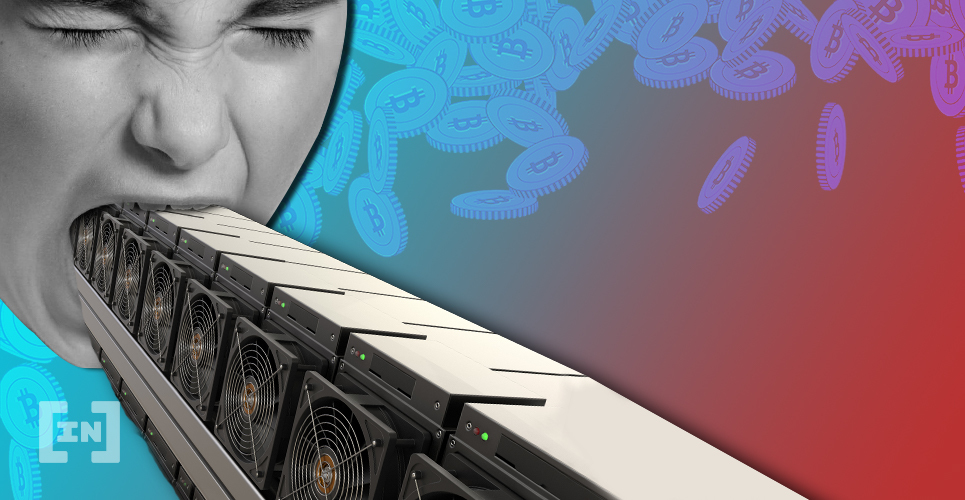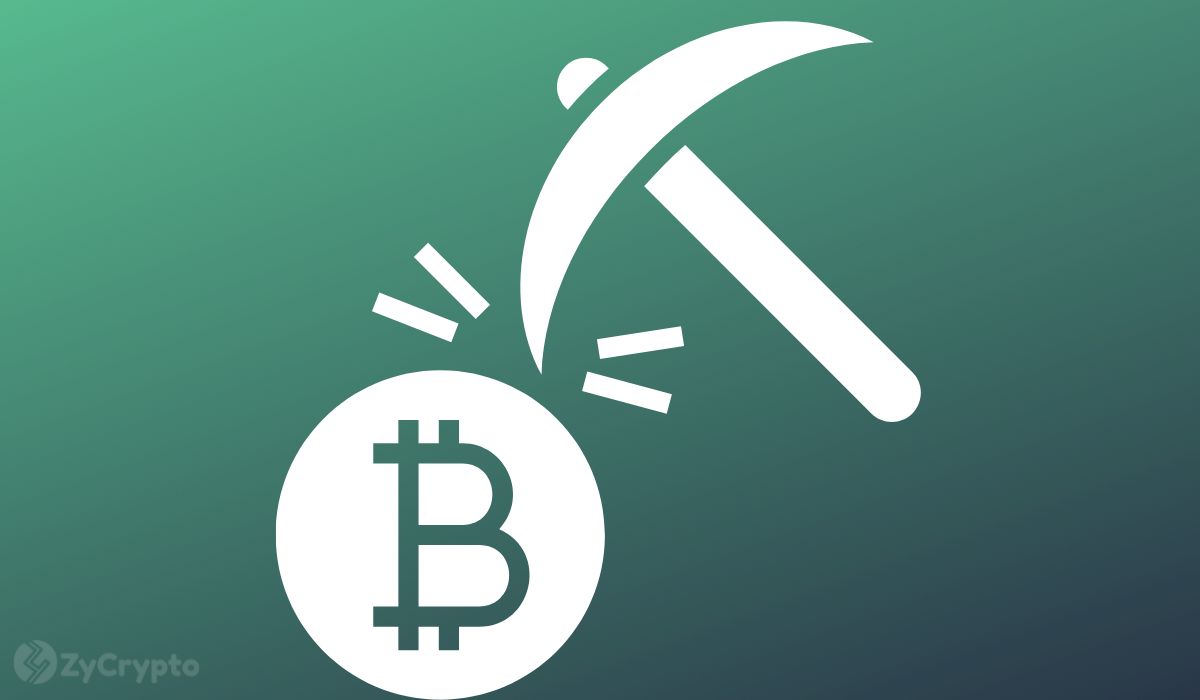
2019-10-11 03:34 |
With a little over six months left until the next Bitcoin halving, the mining rig industry is busting a gut to meet changing demands. This applies to Bitmain, Pangolin, Ebang, Innosilicon, and pretty much all other established brands in the trade.
A new wave of Bitcoin mining rigs is hitting store shelves — each packing incrementally more power to give users an edge over competitors. At least some of these new rigs are up to 500% more powerful than their predecessors in terms of hashrate.
New Rigs on the BlockHashrate, which basically underlines the net processing power on the Bitcoin network, reached its all-time high of almost 108.5 million TH/s earlier on Sep 26. That’s a gain of over 160% since Jan 1, 2019, when the corresponding figure stood at just under 42 million TH/s.
One notable contribution to this sharp rise comes from the arrival of next-generation mining rigs capable of delivering higher hashrates.
Take, for example, the Microbt Whatsminer M20S from Pangolin. Launched in Aug 2019 and powered by TSMC’s wafered 12nm chips, the M20S is capable of delivering up to 70 TH/s for a power consumption of 3360W. That’s a significant leap from the company’s older products such as the 28nm and 16nm FinFET-based M3 and M10 models that could offer only in the range of 12 TH/s to 33 TH/s.
The MicroBT Whatsminer M21S, released earlier in June, is also among the most powerful rigs available today with a hashrate of 56 TH/s
Meanwhile, China-based Bitmain is also busy rolling out newer models of its popular Antminer ASIC in anticipation of the next halving. The 2019 Antminer lineup consists of models such as the S17, S17 Pro, and T17e that offer hashrates in the range of 50 TH/s to around 65 TH/s. The forthcoming S17+ model will go a step further to deliver 73 TH/s.
Other major manufacturers to have released comparable products this year include Ebang (E12+ with 50TH/s) and Innosilicon (T3+ with 52TH/s). Overall, these newer machines delivering a hashrate in the 40-75 TH/s range are fast growing in popularity despite their high-energy appetite.
Demand for 7nm Chips on the Rise Ahead of Next Bitcoin HalvingAs the next Bitcoin halving event closes in, mining rig manufacturers are increasingly looking to add 7nm chips to their inventory. Bitmain, in particular, seems to be playing a lead role by launching multiple 7nm FinFET-based rigs due to launch by the end of the year.
According to an SCMP report from earlier 2019, Bitmain is confident that the 2020 halving event will lead to a surge in the demand for mining hardware powered by 7nm chips. The company’s optimistic outlook is probably based on its experience with the previous halving event in 2016.
For the uninitiated, Bitmain started shipping the Antminer S9, a cutting-edge product in those days, just ahead of the halving in 2016. The popularity of the S9 eventually grew to so much that it alone accounted for more nearly 60% of all mining rig shipments.
Blockchain.comBesides, the S9 played a crucial role in killing off all the rumors that the halving event in 2016 would be followed by most miners quitting the game due to shrinking profit margins. If anything, the network hashrate continued to grow at a steady rate, indicating business as usual for the vast majority of miners.
It’s worth noting here is that Bitmain is, of course, not the only mining rig maker to be focusing on 7nm chips. For example, the Chinese firm Canaan Creative has already manufactured its own 7nm chips and is preparing to go head-on against next-generation Antminer models. Other rivals such as Ebang and Bitfury are expected to catch up soon.
Miners Will Pull the Plug on Older MachinesJudging by the previous two halvings, Bitcoin usually gains an upward momentum in the year before and after the event. That pattern could be relevant in the current context considering that despite the recent setbacks, Bitcoin continues to be one of the best-performing assets in 2019. Assuming that it holds its ground over the next few months, the odds are high that it could enter a new bullish phase in the aftermath of the next halving event.
However, turning a profit with Bitcoin mining today is way tougher than it has been at any point in the past — even for many big mining firms. With that in consideration, if the BTC price doesn’t undergo a significant upswing before or immediately after halving, it could lead to a significant dip in the network’s hashrate.
That is because mining rewards will be reduced by half, and most miners relying on older rigs will simply be unable to make a profit in the wake of increasing competition. Under said circumstances, they will have no other way but to pull the plug on their obsolete rigs.
Note that these are all speculative predictions at this juncture, albeit based on past patterns. Feel free to weigh in with your thoughts and predictions in the comments below.
Images courtesy of Shutterstock, Blockchain.com.
The post Bitcoin Halving 2020 Spells Doom for Older Mining Rigs appeared first on BeInCrypto.
origin »Bitcoin (BTC) на Currencies.ru
|
|
















